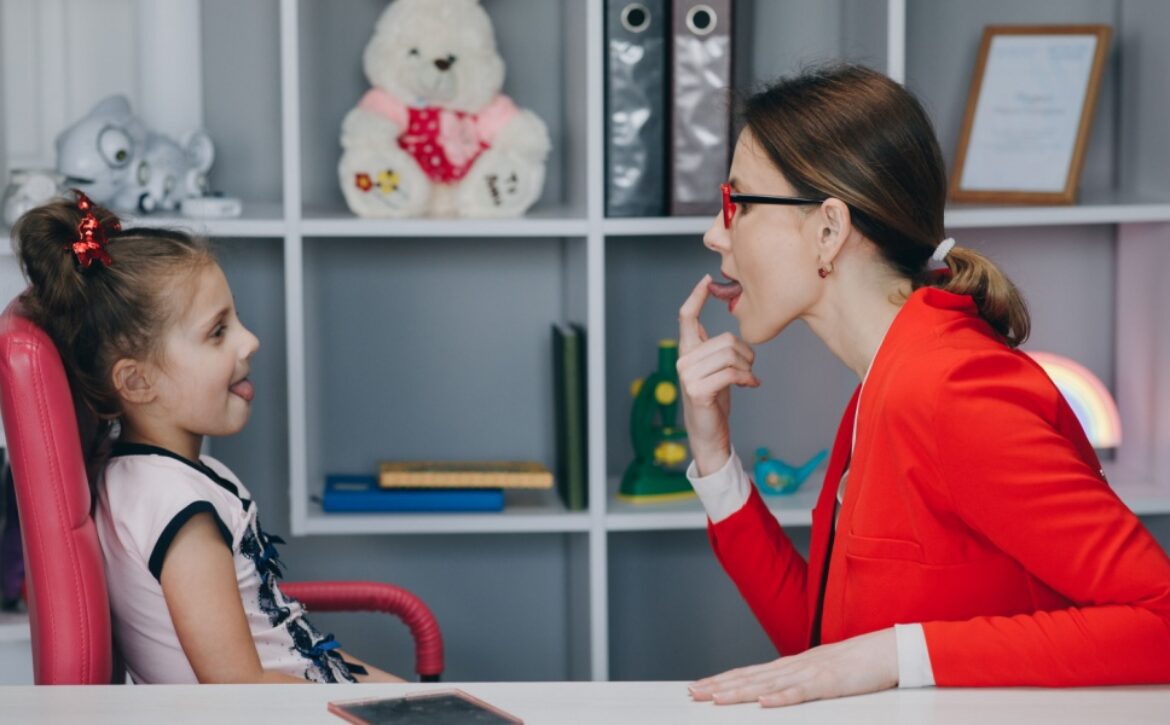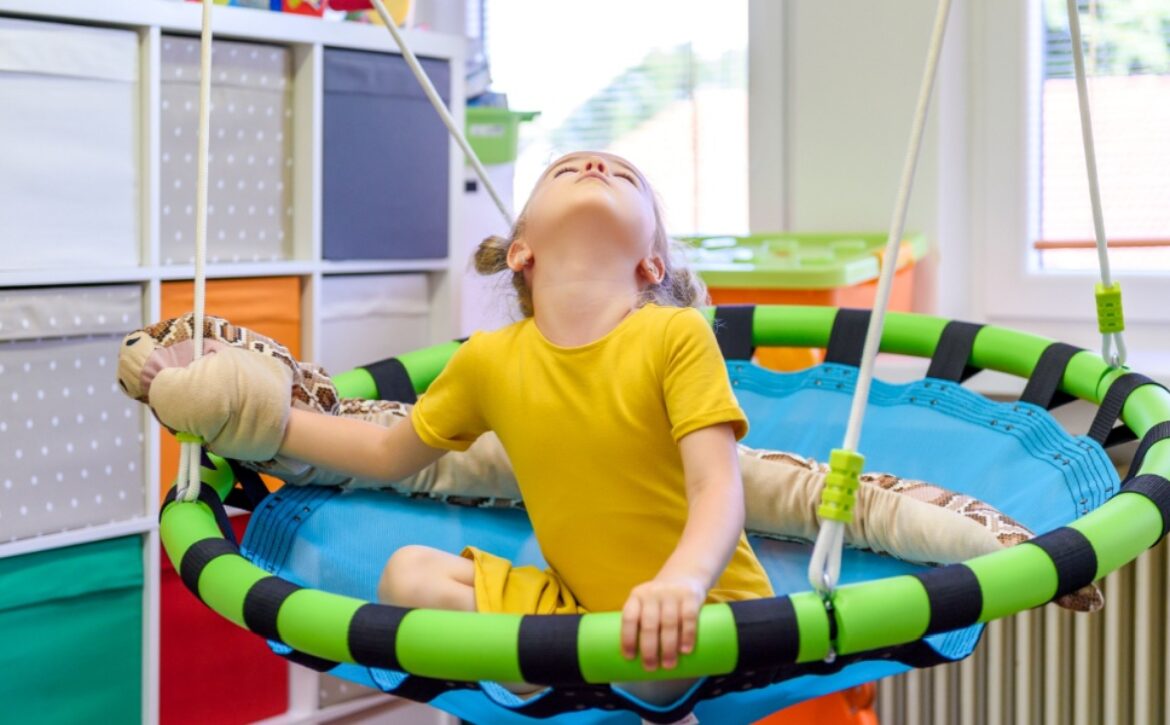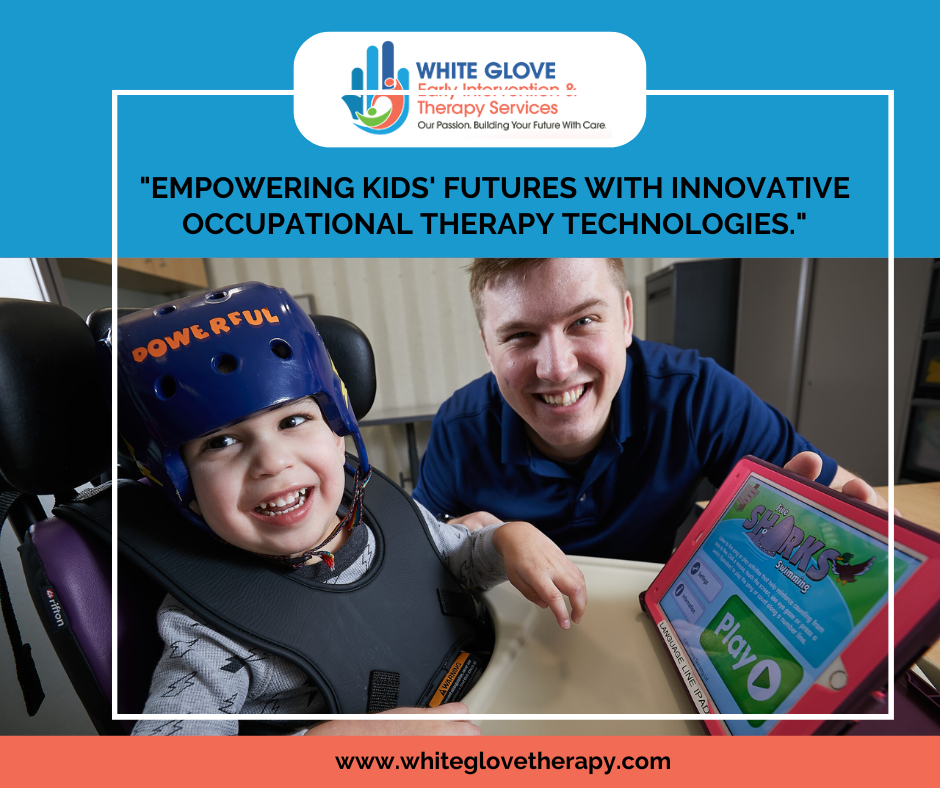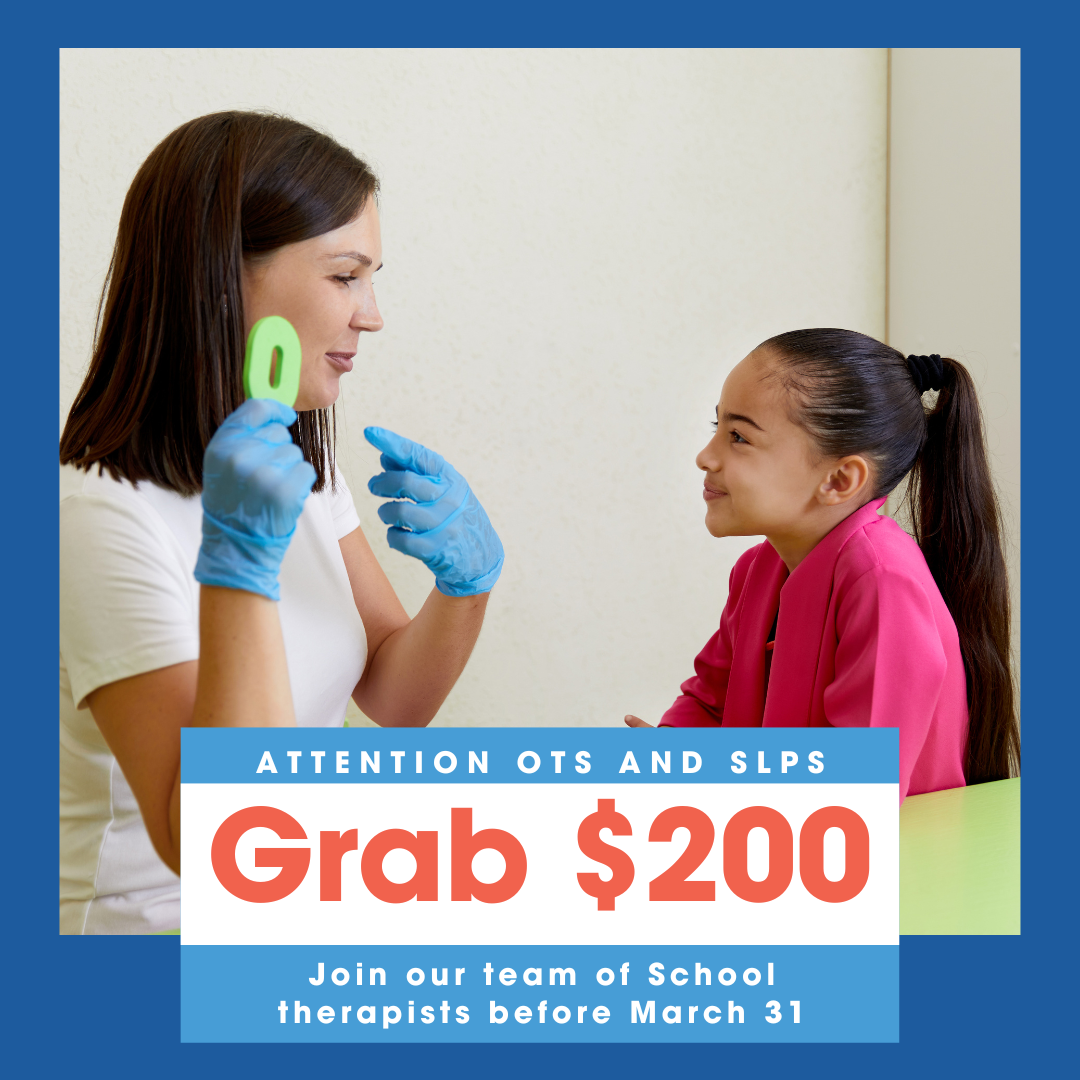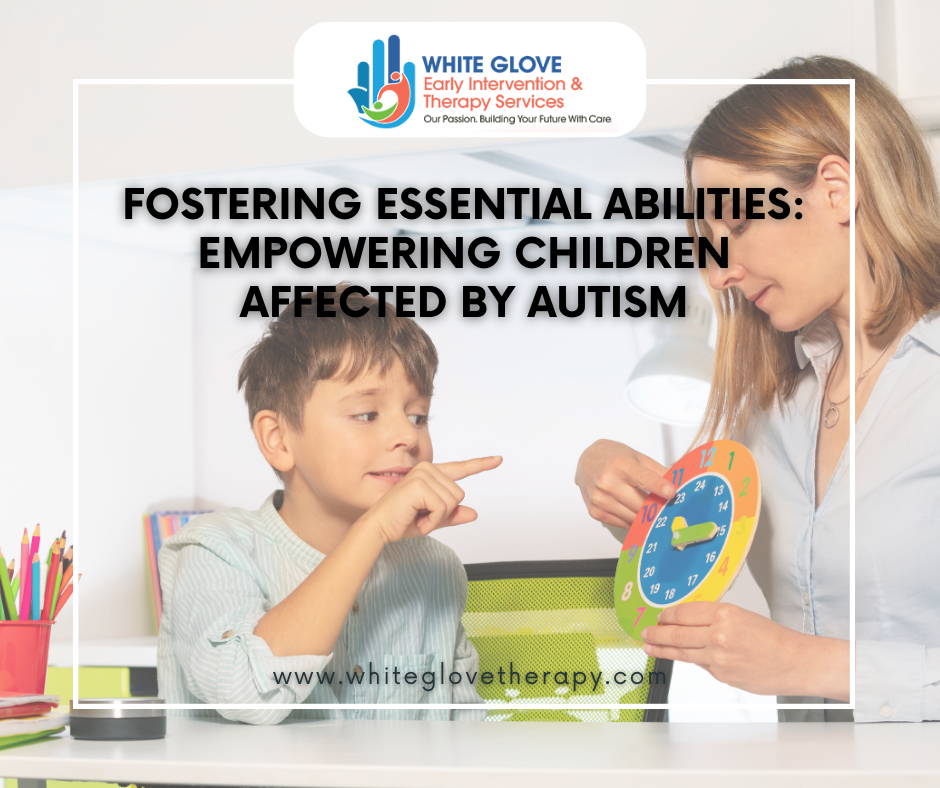Understanding Apraxia of Speech in Toddlers: Comprehensive Guide
Understanding Apraxia of Speech in Toddlers: A Comprehensive Guide
Apraxia of speech, also known as Childhood Apraxia of Speech (CAS), is a motor speech disorder that makes it challenging for toddlers to speak correctly. This condition is not related to muscle weakness but rather to the brain’s difficulty in planning and coordinating the movements required for speech. Understanding this complex condition is crucial for parents, caregivers, and educators to provide the best support for affected children.

What is Apraxia of Speech?
Apraxia of speech in toddlers is characterized by the inability to consistently perform the precise movements needed for speech. This disorder affects the motor planning of speech production, meaning the brain struggles to send the correct signals to the muscles involved in speaking. As a result, children with CAS might know what they want to say, but they have difficulty coordinating the muscle movements necessary to produce those words.
Signs and Symptoms
Identifying CAS can be challenging, especially in very young children who are still developing their speech skills. However, certain signs may indicate the presence of apraxia:
Limited Babbling: Babies and toddlers with CAS might have a significantly reduced babbling phase or produce only a few different consonant and vowel sounds.
Inconsistent Errors: Unlike other speech disorders, where errors are typically consistent, children with apraxia might produce the same word differently each time they attempt to say it.
Simplified Words: Toddlers with apraxia often use simpler words and might avoid complex sounds or word combinations.
Groping Movements: Visible struggle or groping movements of the mouth, lips, or tongue as the child tries to form words.
Limited Vocabulary Growth: Difficulty in learning new words and expanding vocabulary at the expected rate for their age.
Causes and Risk Factors
The exact cause of CAS is often unknown, though it is believed to result from neurological differences. Some potential risk factors include:
Genetic Factors: A family history of speech or language disorders can increase the risk.
Neurological Conditions: Children with certain neurological disorders are more likely to develop CAS.
Developmental Delays: Toddlers with overall developmental delays might be at a higher risk.
Diagnosis and Evaluation
A thorough evaluation by a speech-language pathologist (SLP) is essential for diagnosing CAS. The assessment typically involves:
Speech Sample Analysis: Evaluating the child’s speech sounds, patterns, and consistency.
Oral-Motor Examination: Assessing the strength, coordination, and movement of the muscles used in speech.
Developmental History: Gathering information about the child’s developmental milestones and family history.
Treatment and Intervention
Early intervention is crucial for children with apraxia of speech. Treatment often includes:
Speech Therapy: Intensive, individualized speech therapy with a focus on improving the planning, sequencing, and coordination of muscle movements.
Repetition and Practice: Repeated practice of sounds and words to reinforce correct production.
Multisensory Approaches: Using visual, auditory, and tactile cues to help the child understand how to produce sounds.
Support for Parents and Caregivers
Parents and caregivers play a vital role in supporting children with CAS. Here are some strategies:
Create a Supportive Environment: Encourage communication in a stress-free setting.
Use Visual Aids: Picture boards and gestures can help the child communicate more effectively.
Collaborate with Professionals: Work closely with SLPs and other professionals to follow the therapy plan.
Understanding and addressing apraxia of speech in toddlers requires a comprehensive approach involving early diagnosis, tailored therapy, and continuous support from parents and professionals. With the right interventions, children with CAS can make significant progress, improving their ability to communicate and enhancing their overall quality of life. Recognizing the signs and seeking professional help early on can make a crucial difference in the developmental trajectory of toddlers with this speech disorder.




